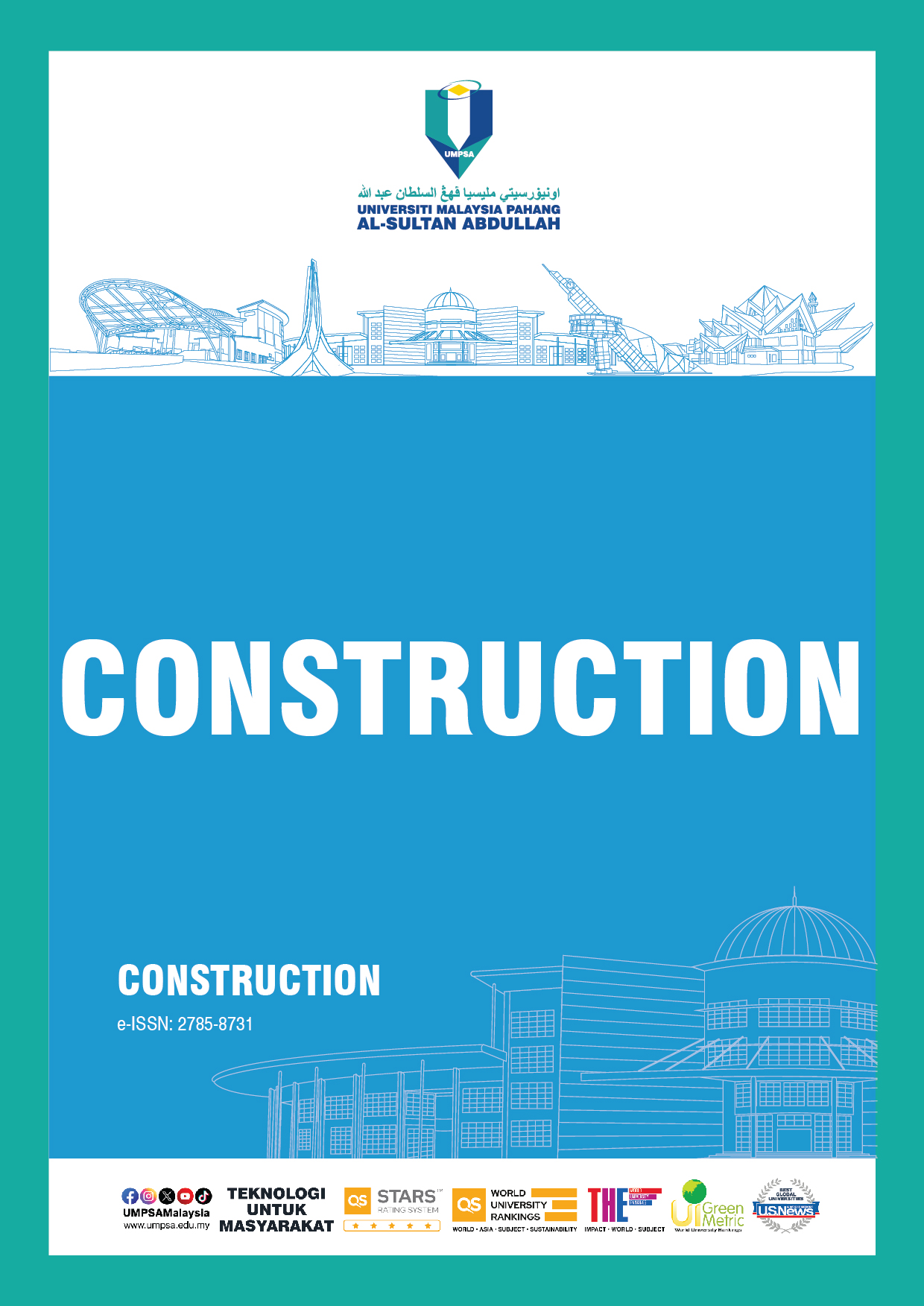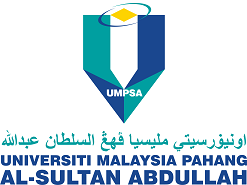Estimating Sediment Yield at Sungai Pusu Watershed using Soil and Water Assessment Tool (SWAT) Model
DOI:
https://doi.org/10.15282/construction.v3i2.9741Keywords:
Sediment yield, SWAT model, Watershed, Soil erosionAbstract
Sediment yield is the net result of soil erosion and sediment deposition processes. In the watershed, sediment yields are dominantly determined by stream flow, drainage area, and channel size. Land-use activity conducted by human is one of the major contributions to the sediment yield in the watershed. The study area covered in this study is the Sungai Pusu which flows through International Islamic University Malaysia (IIUM). Significant amount of sediments is deposited in Sungai Pusu due to the improper land clearing activities that are taking place along the river’s main tributaries. As a result, the water quality of Sungai Pusu is rapidly deteriorating. Sediment yield estimation is crucial in order to design suitable measure to rehabilitate the river. The aim of this study is to estimate sediment yield at Sungai Pusu watershed using SWAT model. Remote sensing and Geographic Information System (GIS) were used to evaluate sedimentation over time in the Sungai Pusu watershed. The SWAT model was performed to simulate water balance, stream flow, and sediment yield. The annual sediment yield obtained by the model is 427-ton ha-1 year-1.
Downloads
Downloads
Published
Issue
Section
License
Copyright (c) 2023 The Author(s)

This work is licensed under a Creative Commons Attribution-NonCommercial 4.0 International License.




